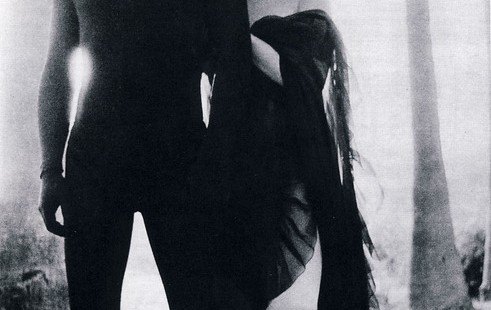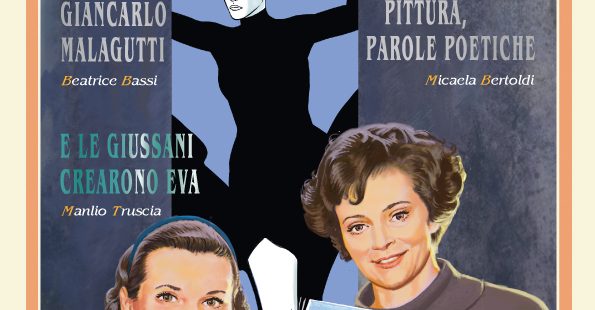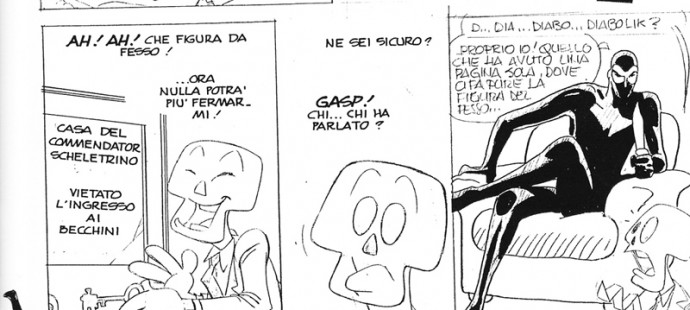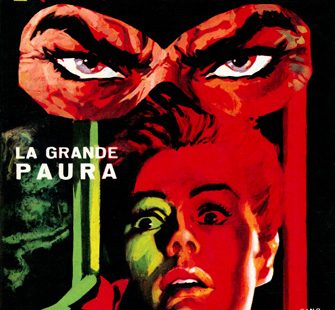
Danger: Diabolik
Danger: Diabolik Regia Mario Bava Sceneggiatura Angela Giussani Luciana Giussani Dino Maiuri Star John Phillip Law Marisa Mell Michel Piccoli

Danger: Diabolik Regia Mario Bava Sceneggiatura Angela Giussani Luciana Giussani Dino Maiuri Star John Phillip Law Marisa Mell Michel Piccoli

Eudonna Dicembre dedicato alle sorelle Giussani Intervista esclusiva a Giancarlo Malagutti + 3 pagine inedite sulla creazione di Eva Kant realizzate da Manlio Truscia.
Fateci ridere !

Auspicavo il secondo volume delle avventure di Scheletrino, dopo aver letto il primo, pubblicato nel 1994 da Giancarlo Malagutti, che aveva raccolto tutte le storie del parodico criminale (forse dovrei ...

Testata: Il Romanzo di DiabolikEditore: Editoriale Comics (Sansoni-Astoria)MensilePagine: 132Lire: 200 > 300Data: Giugno 1969 – Settembre 1971Volumi: 30